|
Ruined, Sarah Sabin, 202, Plaster of Paris, cast and carved. Varied forms as multiple of 4. Approx. 5cmx5cmx5cm. Informed by the destruction of cultural artefacts from conflict, and other forms of deliberate damage. Each object is from the human body. Sabin's sculptures balance in the ruins of one of the richest and most powerful Benedictine monasteries in England. Stones Walking
One day we’ll all look up and see the stones walking. One by one, slow and monumental they wake, stretching time thin again. Gently testing the rigid muscles in feet and mouth, groaning through lips that were never to make a sound. Still, strong stone that would never bow now begins to bend at the hip, then straightens out again. Still, sustained by a stone heart, alien ancient Romans and Greeks, their path through pavement is cast and carved. Old but alive, straining under the weight of constant watching eyes. Dust breaks and falls from their bones, statues of stone people walking, cracking, crumbling and leaving a trail behind. Faith Falayi NO LONGER A MONUMENTAL SILENCE We had to face-up to it, no longer guessing at what it meant, as first an ear, then a nose, followed by lips and two toes, individually cast in plaster, were parcelled-up and sent. ‘Let that be a warning’ the accompanying message read. ‘Next time it will be the whole body, followed by the severed head.’ ‘No more ‘hear-no, speak-no, smell-no evil ‘tip-toeing round the white man’s past, ‘but pulling down his monuments ‘bit by bit, piece by piece, ‘cast by plaster cast’. Phil Barrett Sarah Sabin's work has been concerned for a number of years with 'digging about under the surface'. This often involves a gathering of histories, taken from both locations and people, and a dissecting, and reassembling of them. Methods and processes used in Archaeology often play a part directly in the research and making of her work, and she uses a wide range of media. She has an MA in Fine Art from Norwich University of the Arts (NUA) Twitter @sarahesabin Instagram @sarahesabin www.sarahsabin.co.uk Faith Falayi Faith Falayi is a young poet based in Peterborough. In 2020 she was selected the first Peterborough Young Poet Laureate. https://syntaxpoetryfestival.wordpress.com/peterborough-young-poet-laureate-2020/ Phil Barrett taught art for 27 years, then retired to his home county of Norfolk where he concentrates on writing. He teaches creative writing, in schools and libraries across North Norfolk. He has won prizes and commendations in national competitions, and has been published in anthologies including In Protest: 150 poems for Human Rights (2013), Word Aid Anthologies Did I Tell You? (2010), and Not Only The Dark (2011), the Ink, Sweat and Tears webzine, and Poems in the Waiting Room in 2016 and 2019. In January 2017 he published a book of poems, Writing Me, about growing-up.
0 Comments
Irene Perez Hernandez has definitely hit on something - boredom is all around us. More examples honoured today in St Andrews Street South and the Cattle Market car park.
Landmarks to Lockdown Caution! The warning might be an emblem of community unravelling. Ready-made blocks, like blunted senses, are banal, not even Brutalist. A shed on a bed of flowers in a central space - assembled in apathy. If no one cares to collaborate the building blocks of creativity break. Deborah Bowkis Irene Perez Hernandez studied in her native Spain before gaining an Erasmus Grant for an exchange programme at Middlesex University, and going on to study for an MFA Fine Art, Goldsmiths, University of London. She is a sculptor, working in a wide range of media, seeking to redefine the relationship between sculpture and object, and challenge the conventions associated with the discipline. Recent residences include the Guest Studio of Cologne Culture Department. Cologne, Germany in 2019 and Artist in Residence at Taubenturm, Diessen am Ammersee, Germany in 2018. For further details see https://ireneperezhernandez.com Twitter IrenePerezH Deborah Bowkis has published through competition prizes and in anthologies, including Ink Pantry Sea of Ink and Voices of the Brecks. She currently works as an academic and has taught creative writing courses and workshops in Suffolk. In 2016 she set up a thriving creative writing group, Left to Write, in Bury St. Edmunds. https://greenacrewriters.blogspot.com, http://www.breakingnewground.org.uk I started thinking about this project quite puzzled by how I was going to respond to the size limitation of 50mm in any direction. I began by thinking of the action of laying down the items in the street and my thoughts turned to the idea of just leaning a stick up against a wall what might be thought of as a ‘story stick’. On the stick would be images that would be prompts or catalysts or mnemonics to telling a story. Thinking about what those images might be my thoughts turned to my postcard collections. Postcards are already nostalgic in that people don’t send them in the way that they used to and also in that these cards document a moment in my life. Not in imitation of or inspired by but in a similar vein to Andy Warhol I have boxes of items that I sealed and never looked at again. Included in these boxes are my postcards, some bought some received through the post. Looking at the cards at random I seemed to hit a seam of travels in Italy undertaken by me and correspondents and a fistful from the National Portrait Gallery. So maybe the box was more organised than I thought. These portraits represent memorials of a sort to their subjects. While often beautiful paintings they seem lost, forgotten and this chimed for me with the statue memorials that have dominated headlines and high streets over the last year. And they seem like such empty hosts for our national narrative and pride. I attached the tiny squares of postcard to the sticks remembering the people who had sent them and when and where I had purchased them. I remembered the circle of friends and family in this process. In this roundabout way the ‘story sticks’ become a memorial to my 28 year old self, still growing and finding my way. These works are both memorials and images of memorials strung together so those images can converse with each other and the viewer. Tree Stories The sound of wind through leaves marks a gathering mood the rings in their heartwood hoard history’s unstable sap they remember the hide and seek of robbers and princes; in Skiathos there’s a pine tree where a Russian icon appeared a bright Virgin swaying in the sirocco’s hot and dusty breath. Sue Burge Twelve 'story sticks' by Ben Coode-Adams occupy the Great Churchyard: making them, they became a memorial to my twenty-eight year-old self, still growing and finding my way. These works are both memorials and images of memorials strung together so that those images can converse with each other and the viewer. A branch arches a narrative
of lichen encrusted eyes that have witnessed cold sunsets, solemn maids creased under windows. She is available, in mild agony eyebrows heavy from linens. Today she will pick the patterns of roses. Inside, cloaks eclipse legs bent on repayment or annihilation, awaiting orders or desiring to flounce, with hands opaquely holding. Below them, little cloaks and arms taut like wire imitating wire. Outside in the meadow, cow’s eyes dart up hills and behind set shadows, leaping with each sparkle across the bank. On the river the cow finds nothing but time, ceaselessly passing. Marianne Habeshaw Ben Coode-Adams is an artist who was born and lives in Essex, in the East of England. He studied Fine Art at The University of Edinburgh and Art in Architecture at the University of East London. He draws, paints and makes sculpture. Twitter @bencoodeadams Instagram bencoodeadams Facebook Ben Coode-Adams www.bencoodeadams.com Sue Burge is a freelance creative writing and film studies tutor based in North Norfolk. Her four poetry collections are: In the Kingdom of Shadows (Live Canon 2018), Lumière (Hedgehog Poetry Press 2018), The Saltwater Diaries (Hedgehog Poetry Press 2020) and Confetti Dancers (Live Canon 2021). www.sueburge.uk Marianne Habeshaw is an emerging, contemporary poet living in Peterborough/East London. Her work reflects on learnt social behaviours and internal conflicts, written with intimate, frank humour and striking, fulsome imagery. Marianne’s first poetry collection Blather Gaps has been recently been awarded the TLC Free Reads Scheme. Habeshaw's poem The Scene is part of LADA, Something Other latest chapter Visions; the poem Sandpaper Hands is included in their upcoming Unseen! 4 with Unseen Words and Visuals Collective; poems Puffer Trains and Obtainable Anxiety are part of Gold Akanbi’s upcoming collection Unbound. Instagram @razmaztaz I can’t breathe (detail), Alison Carlier, 2021, wax, plaster of Paris, resin
This work shows Laocoon, a Trojan Priest, with his nose cut away. The original sculpture would have been made in the second century BC in Greece. He is said to be The prototypical icon of human agony (N Spivey 2001) In ancient Egypt, statues were often defaced. Monuments of people were thought to represent an interface between life and the supernatural. They believed that a soul could occupy the sculpture of a person, so such vandalism deactivated their strength. Once a body part was damaged it was thought to be unable to perform its purpose any longer. A broken nose meant the spirit ‘stopped breathing’. |
Barbara DouganI am an artist and the curator for grove and groving. This blog is groving online, and records the artworks placed on the streets of Bury St Edmunds along with responses to the work by commissioned writers. Archives
August 2023
Categories |
Proudly powered by Weebly
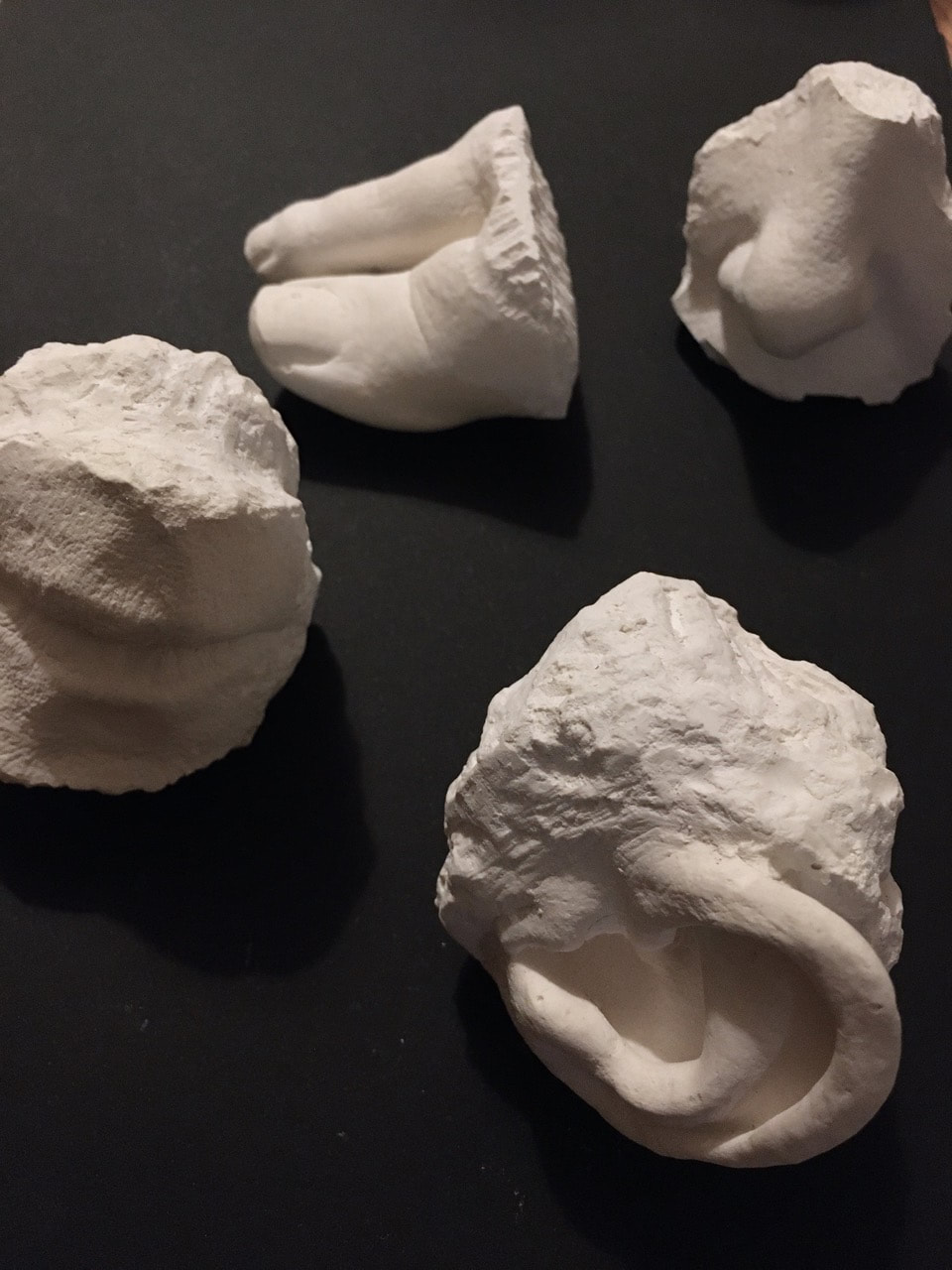
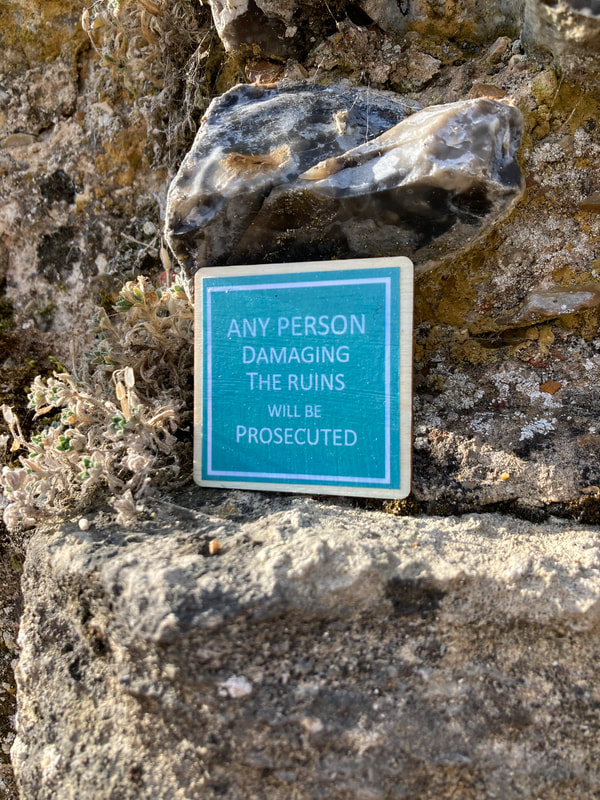
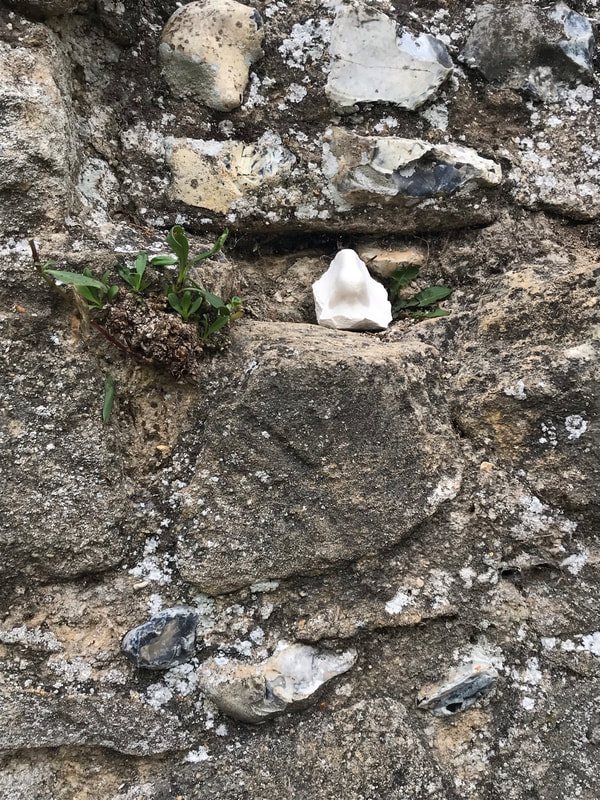
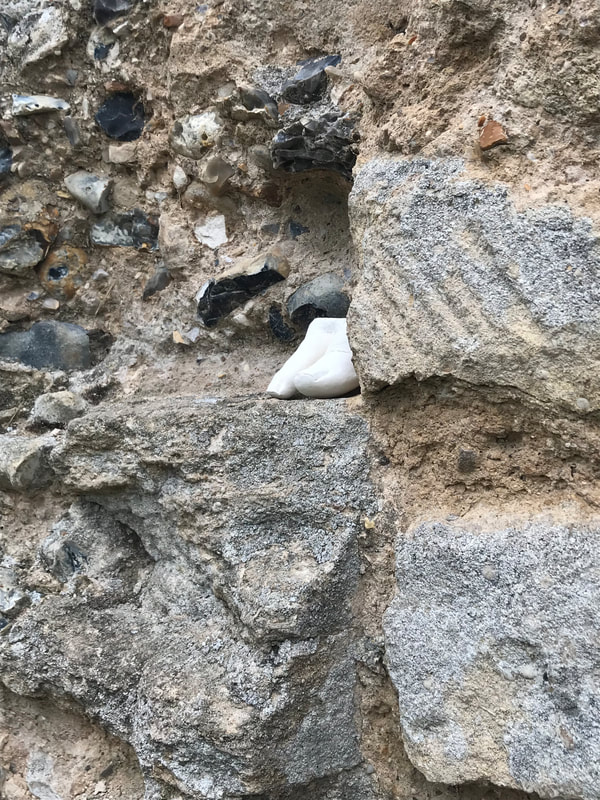
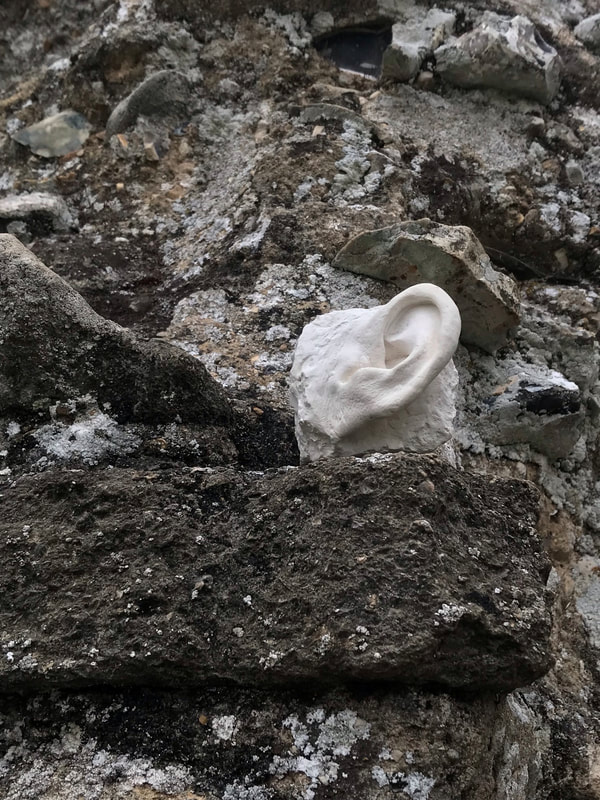
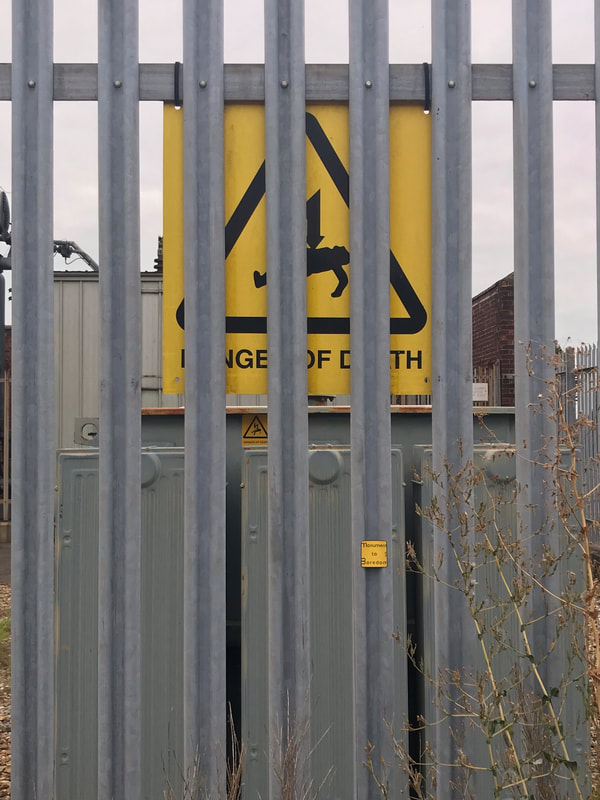
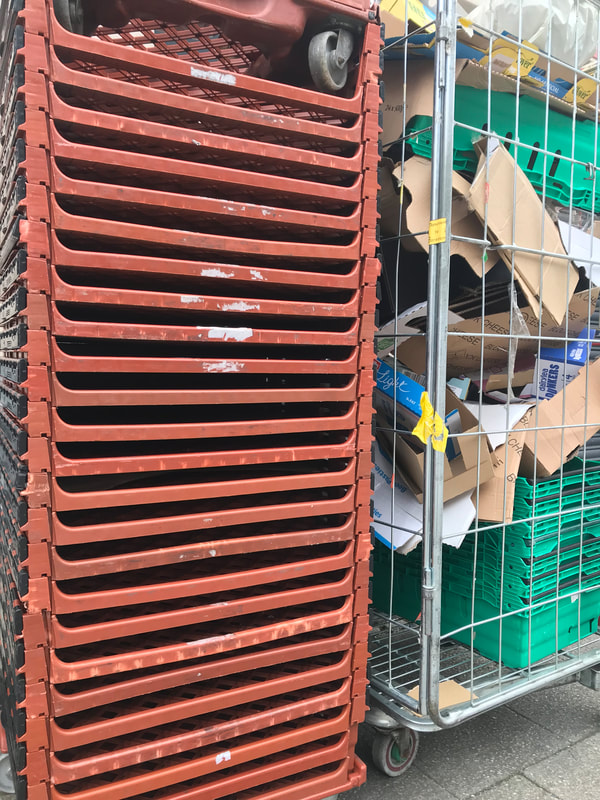
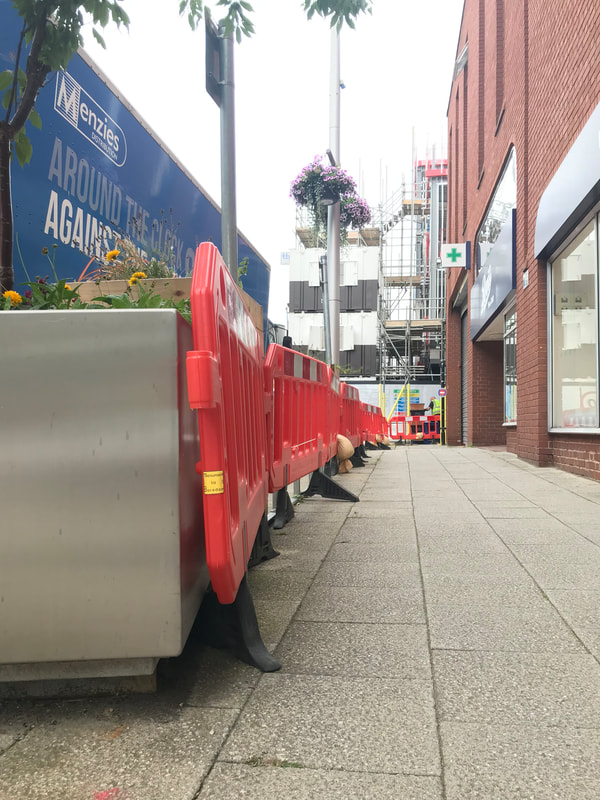
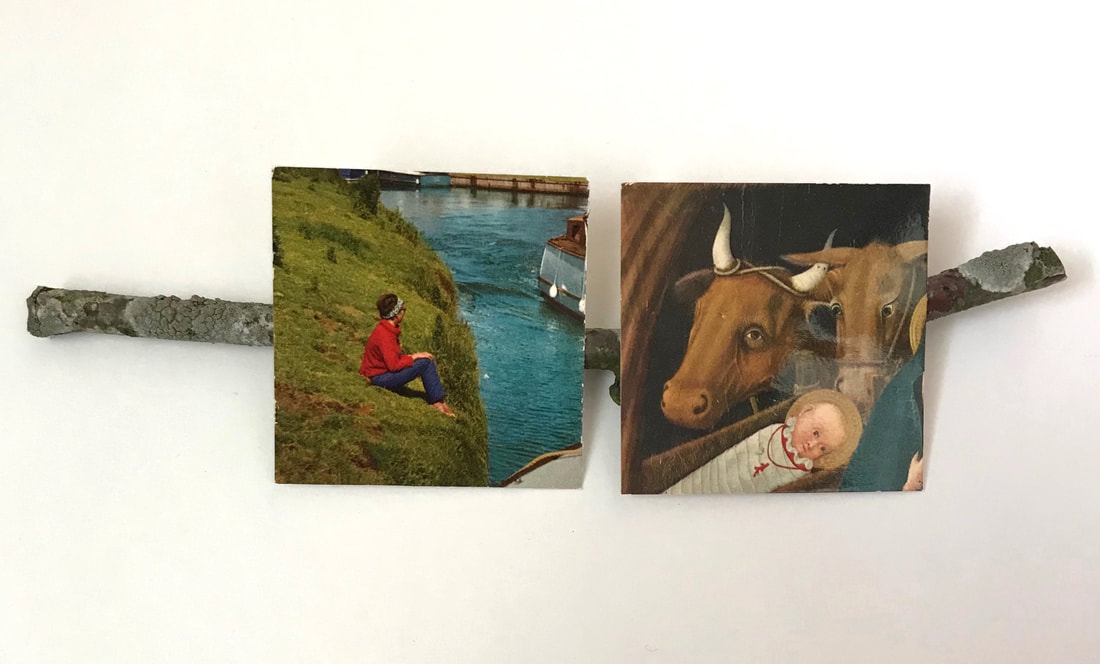
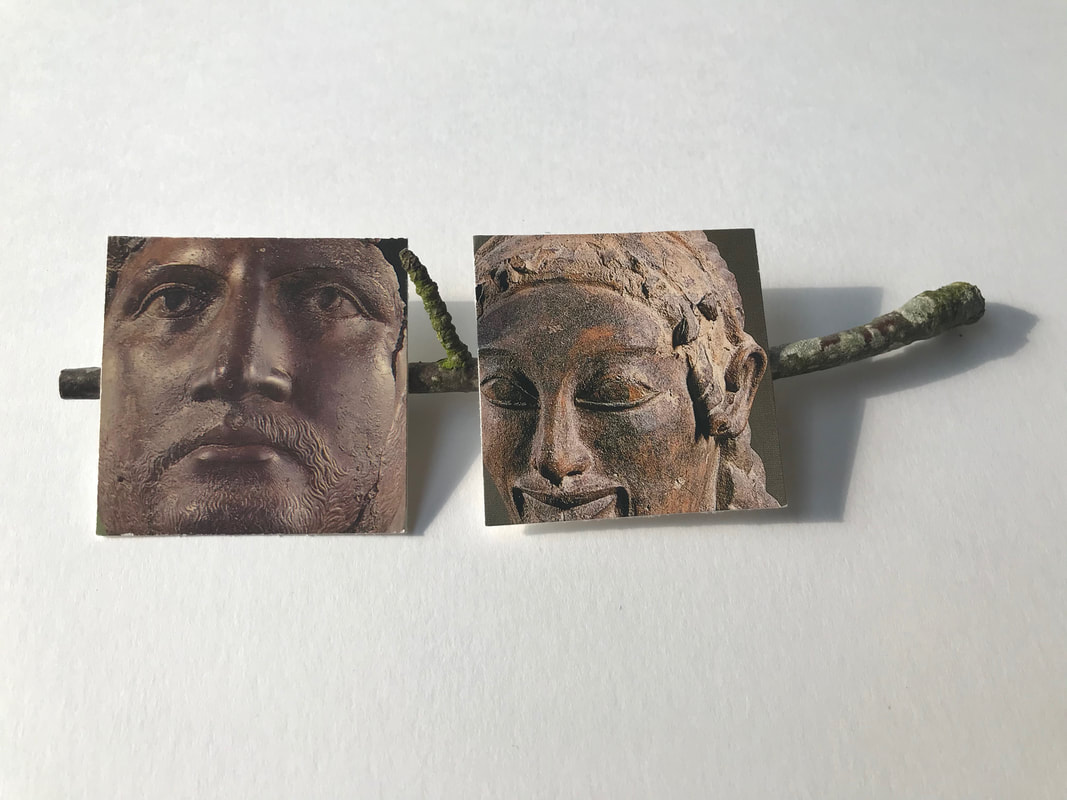
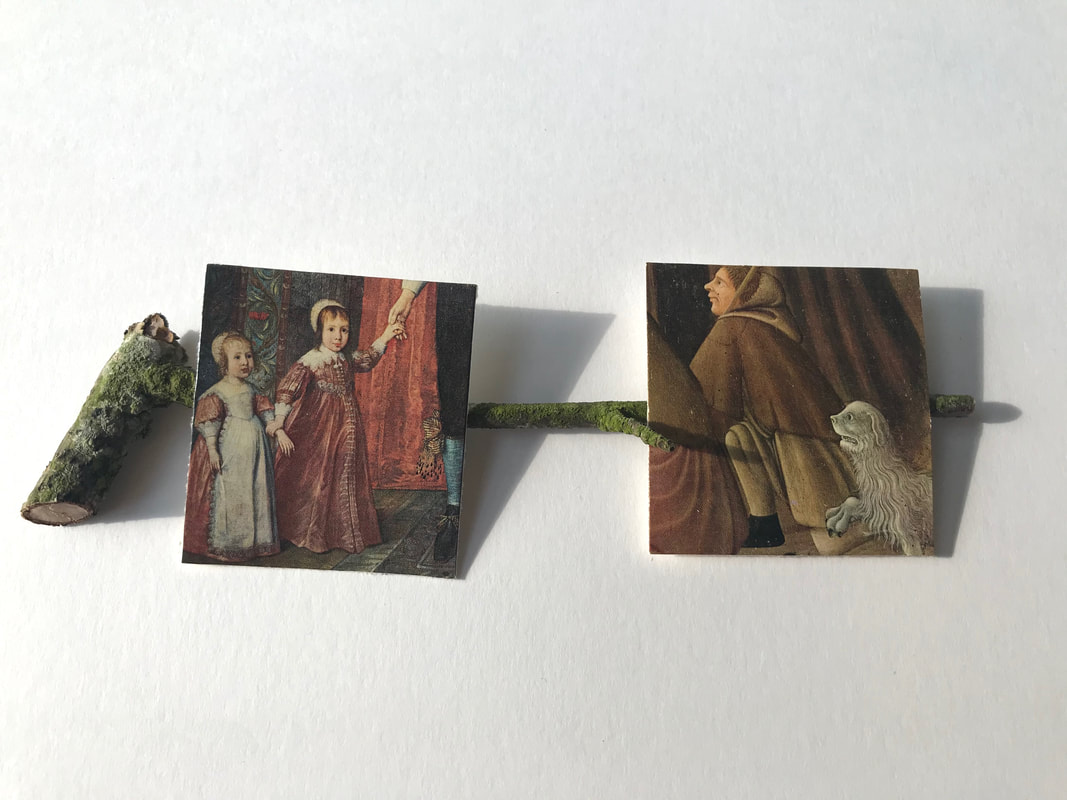
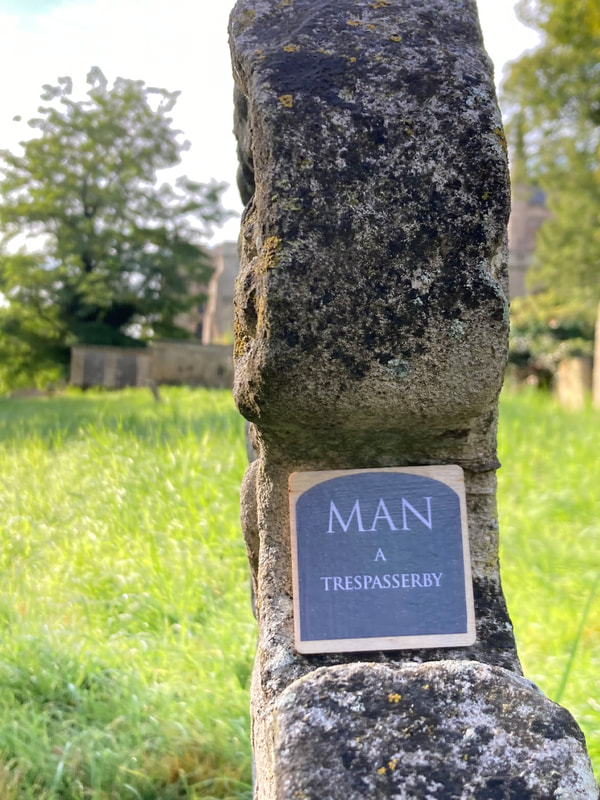
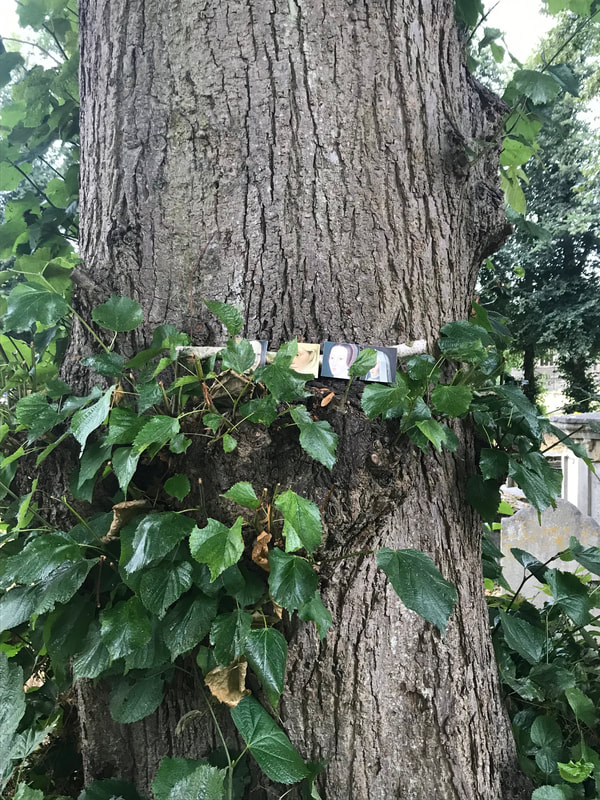
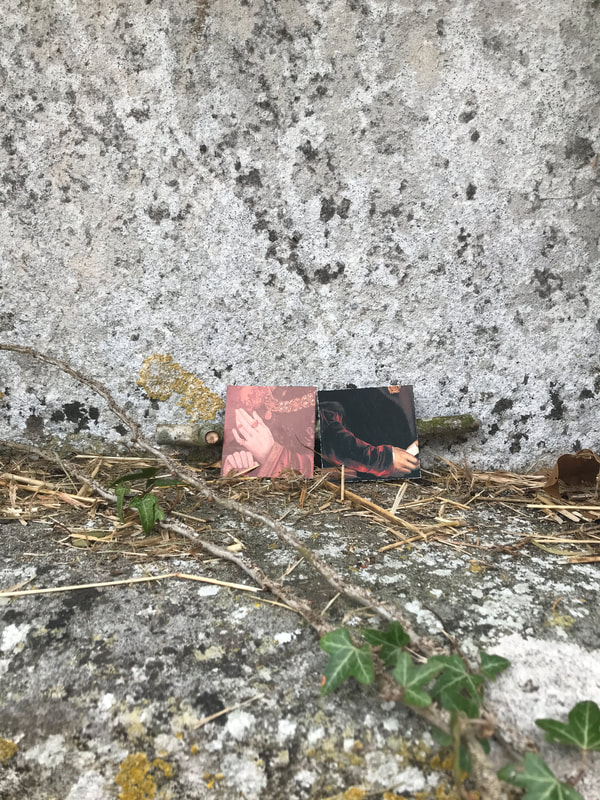
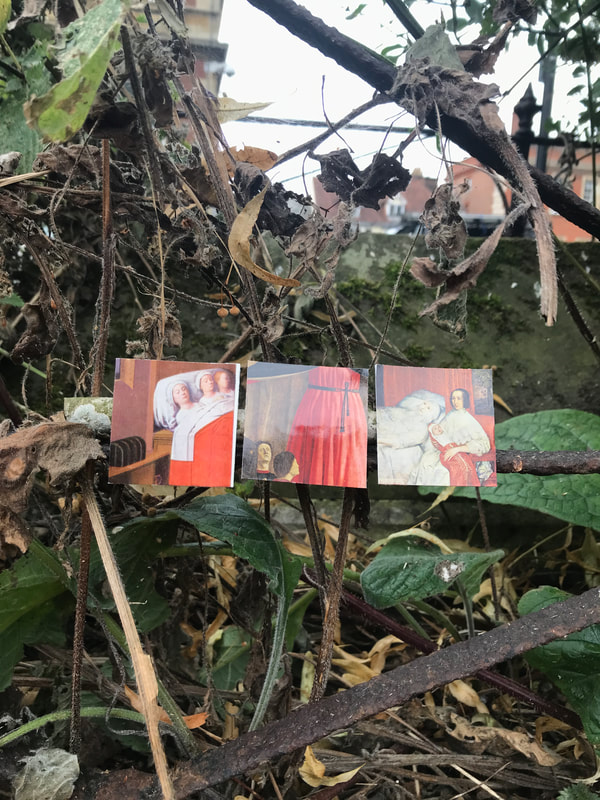
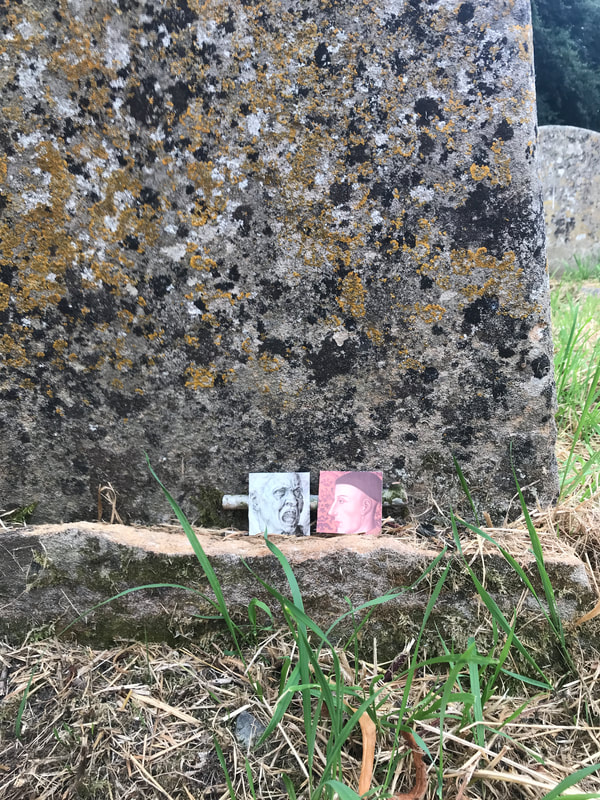
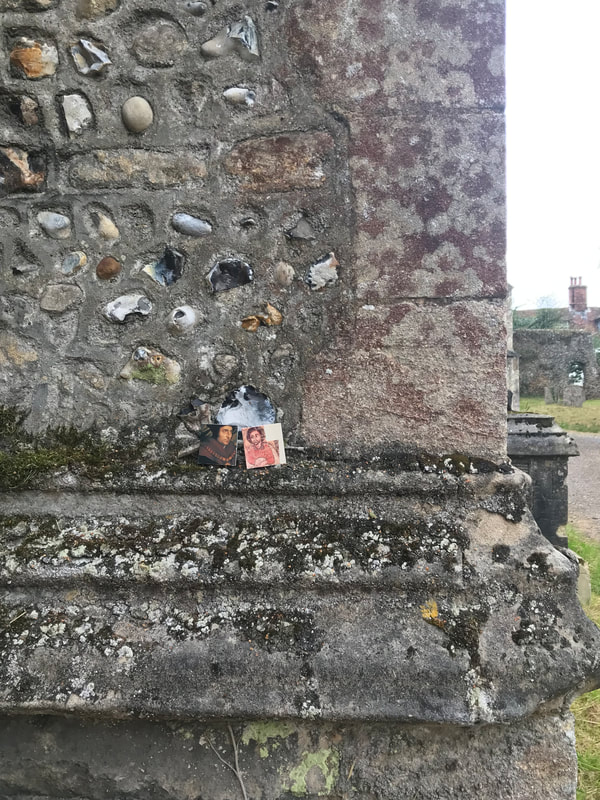
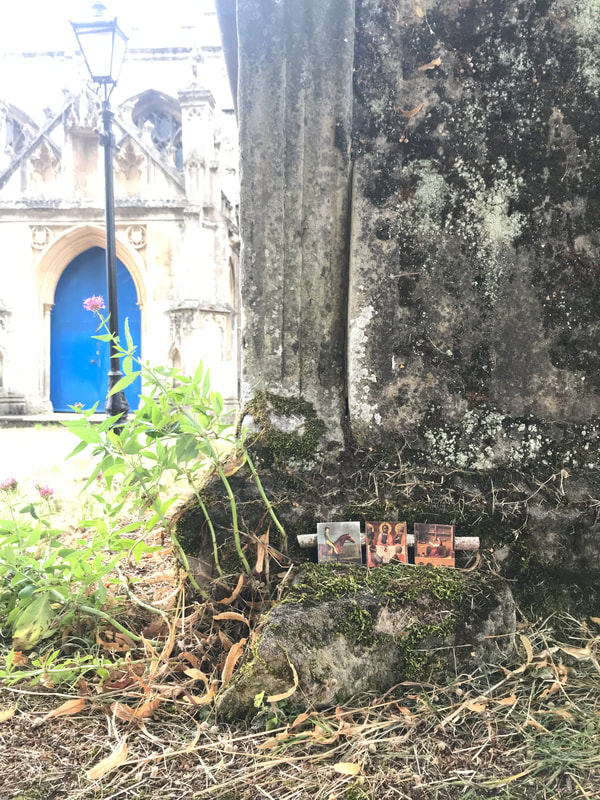
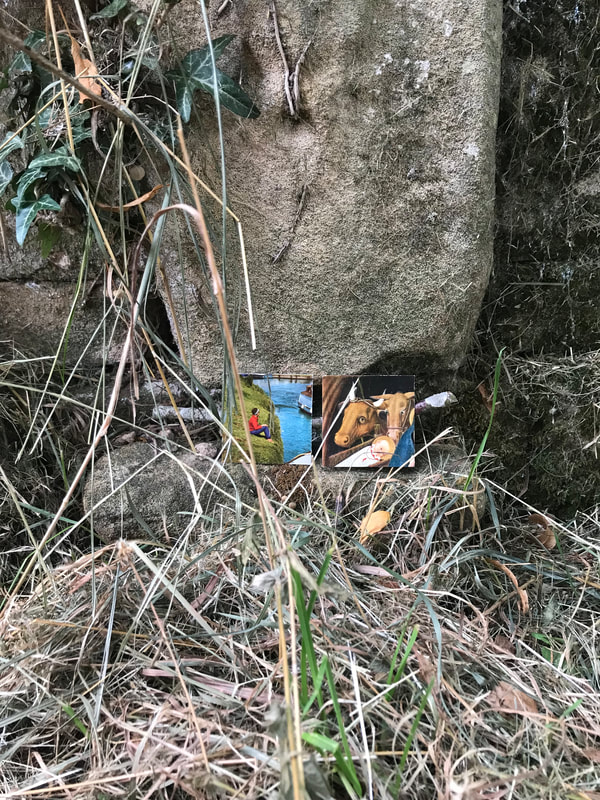
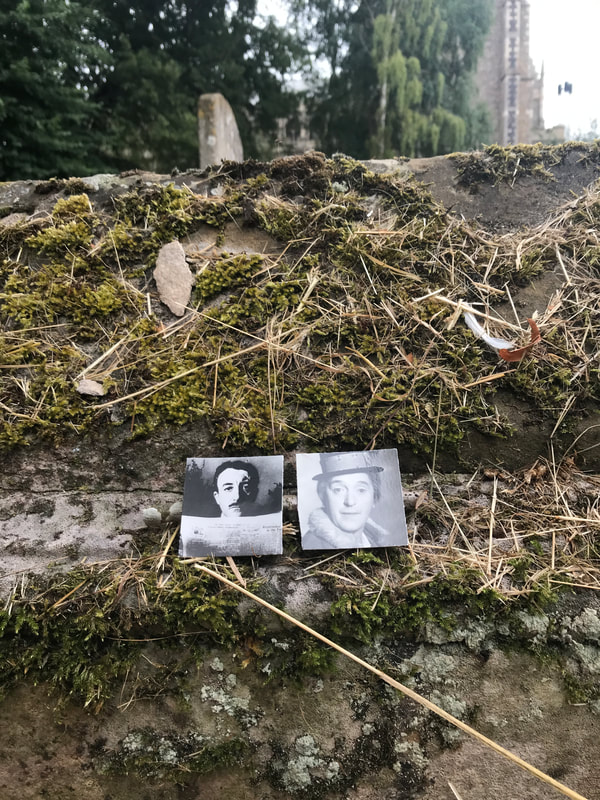
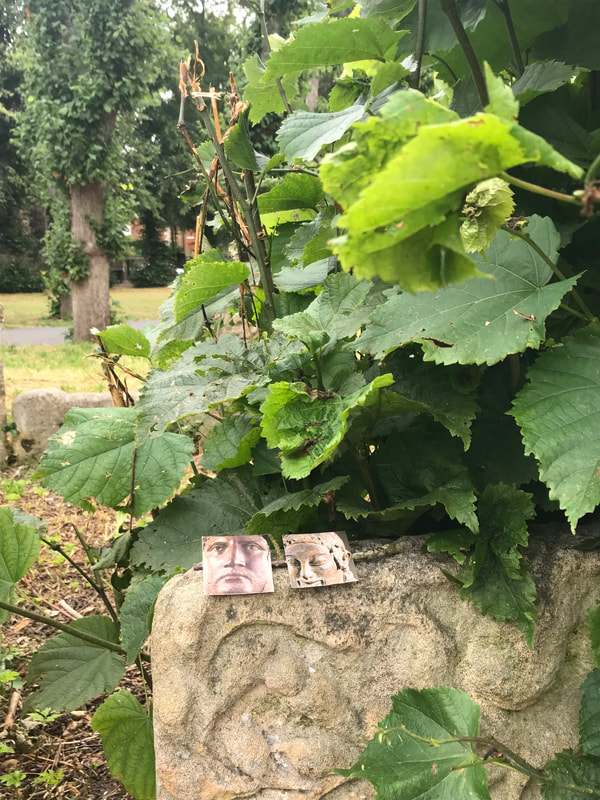
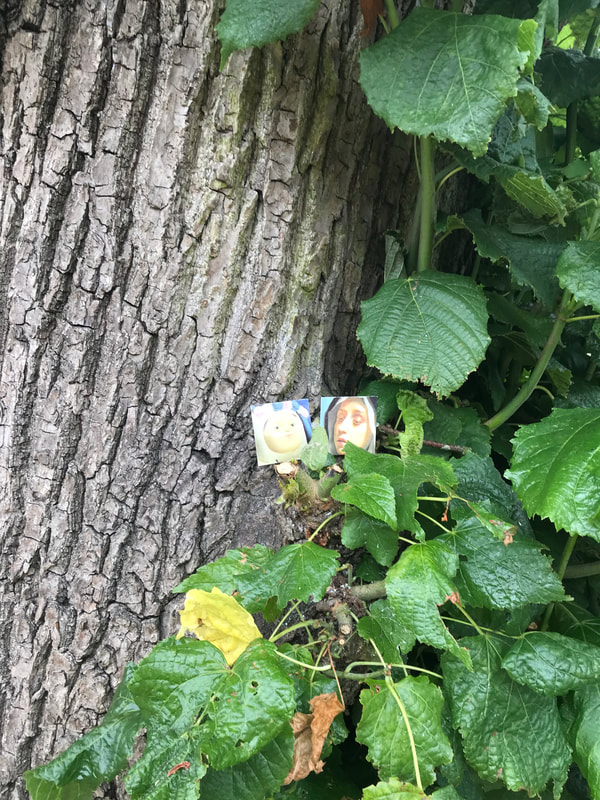
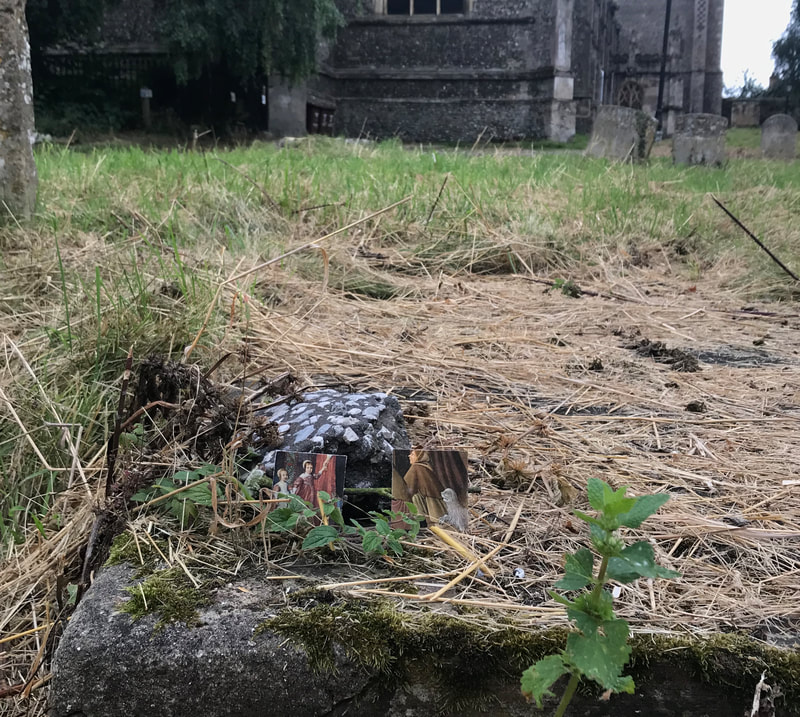
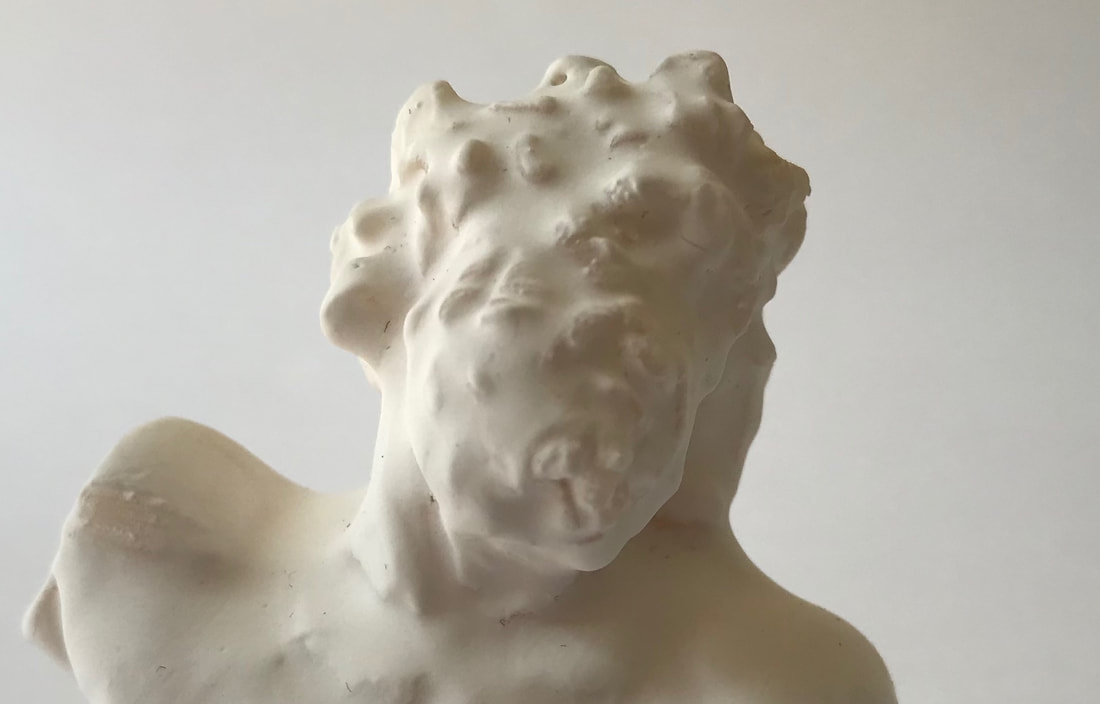
 RSS Feed
RSS Feed